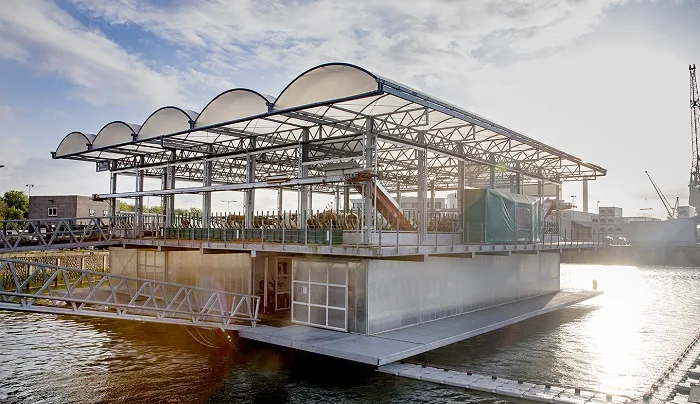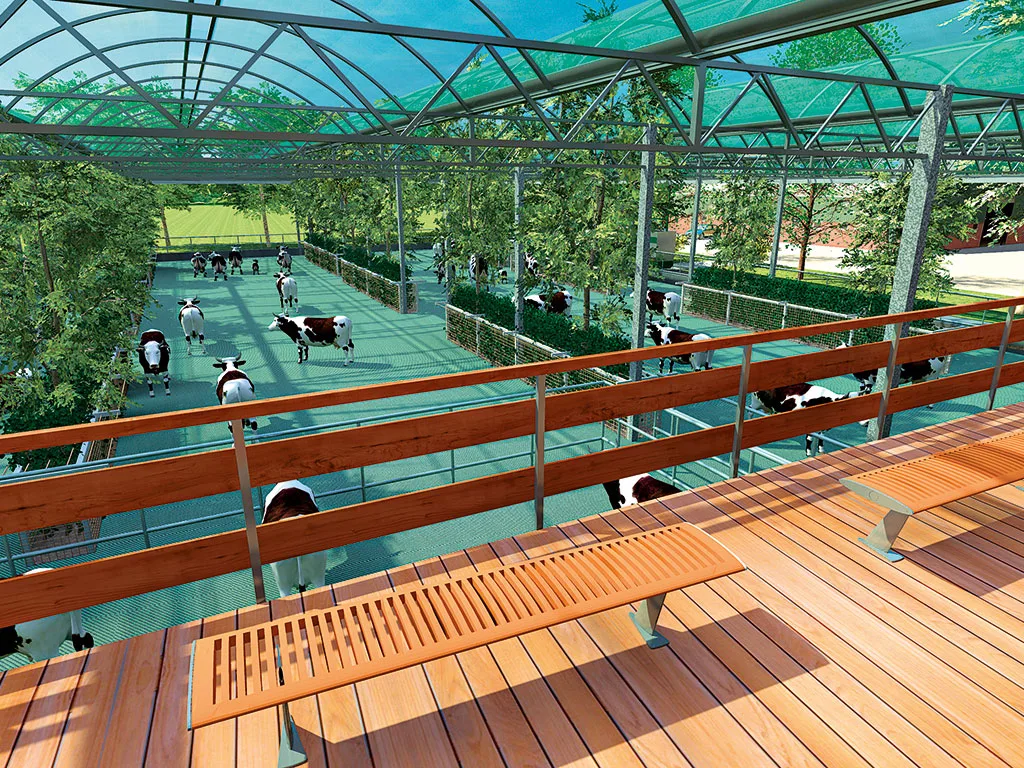
Floating Farms: Technology Review
Floating farms represent a cutting-edge solution in modern agriculture, addressing the challenges of land scarcity and food production in urban areas. These innovative agricultural systems are designed to float on water bodies, leveraging advanced technology to grow crops efficiently and sustainably. This article delves into the technology behind floating farms, their design and functionality, the problems they aim to solve, their current applications, potential future uses, and their prospects.
What is Floating Farm Technology and When Did It Appear?
Floating farm technology emerged as a response to the growing need for sustainable agricultural practices in urban environments. The concept dates back to the early 2000s, with significant developments occurring in the past decade. Floating farms utilize hydroponic and aquaponic systems to grow crops without soil, relying on nutrient-rich water solutions. These systems can be installed on platforms that float on lakes, rivers, or coastal areas, making efficient use of available water bodies and reducing the dependency on traditional arable land.
How Floating Farms are Designed and How They Work
The design of floating farms involves constructing buoyant platforms that can support hydroponic or aquaponic systems. These platforms are typically made from durable, lightweight materials such as plastic or metal, ensuring they can withstand varying weather conditions. The hydroponic systems used in floating farms involve growing plants in nutrient-rich water, while aquaponics combines fish farming with plant cultivation, creating a symbiotic environment where fish waste provides nutrients for the plants. Water is continuously circulated and filtered to maintain optimal growing conditions, with solar panels often providing the necessary energy for pumps and other equipment.
Problems Floating Farms are Designed to Solve
Floating farms address several critical issues, primarily the scarcity of arable land in urban areas. As cities expand, the availability of land for agriculture diminishes, leading to increased reliance on imported food and higher costs. Floating farms offer a viable solution by utilizing underutilized water surfaces, reducing the pressure on land resources. They also contribute to food security by enabling local food production, which is crucial in densely populated regions. Additionally, floating farms can help mitigate the environmental impact of traditional farming practices, as they require less water and eliminate the need for chemical fertilizers and pesticides.
Where Floating Farms are Already Used
Several cities and countries have already adopted floating farm technology, demonstrating its potential and versatility. In the Netherlands, Rotterdam hosts one of the most prominent floating dairy farms, which combines traditional farming practices with modern technology to produce milk and dairy products sustainably. Singapore, with its limited land area, has implemented floating farms to grow vegetables and fish, significantly boosting its food self-sufficiency. Similarly, Japan and South Korea have embraced floating farm systems to enhance urban agriculture and address food security challenges.

Where Else Floating Farms Can Be Used
The potential applications of floating farms extend beyond their current locations, offering solutions for various regions facing agricultural challenges. Coastal cities with limited land availability, such as Hong Kong and New York, could benefit from floating farms to enhance local food production. Additionally, developing countries with vast water bodies but limited arable land, like Bangladesh and Egypt, could utilize floating farms to improve food security and support local economies. Moreover, disaster-prone areas that experience frequent flooding could adopt floating farms as a resilient agricultural solution, ensuring continuous food production even in adverse conditions.
Future Prospects of Floating Farms
The future of floating farms looks promising, with ongoing advancements in technology and growing interest in sustainable agriculture. Innovations in materials and construction methods could lead to more efficient and cost-effective floating farm systems. Furthermore, the integration of smart farming technologies, such as IoT sensors and AI-driven monitoring systems, can optimize crop yields and resource management. As urban populations continue to rise, the demand for local and sustainable food sources will likely drive further adoption and development of floating farm technology, making it a crucial component of the global agricultural landscape.
